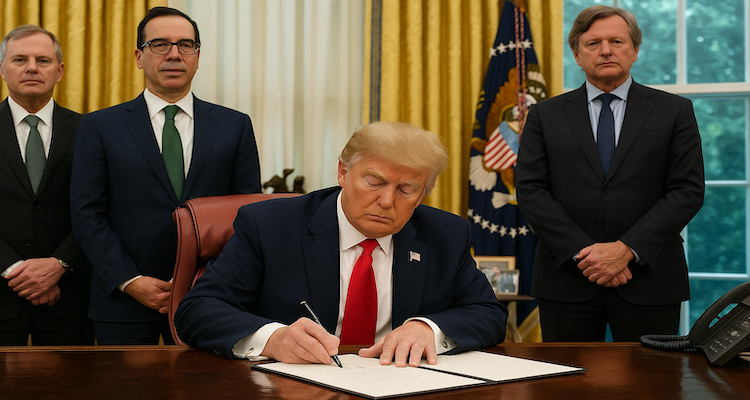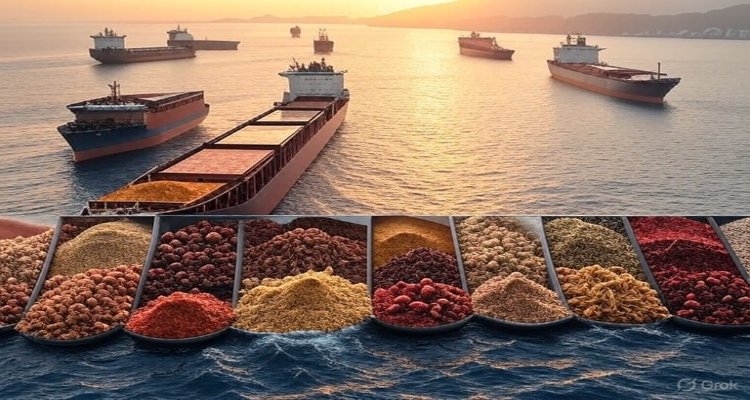The Hidden Geopolitics of Spices
Uncover the hidden geopolitics of spices—from ancient wars and maritime trade to modern diplomacy, climate risks, and cultural soft power.
Introduction
For much of human history, wars were not fought over oil, weapons, or technology—but over humble spices. Cinnamon, pepper, nutmeg, and cloves once set mighty empires on collision courses, dictated sea routes, and determined the rise and fall of nations. Even today, spices hold strategic, cultural, and economic importance that shapes global relations. Their story is not just about flavor—it is about power.
Context & Background
The global spice trade dates back thousands of years. Ancient Egyptians used cinnamon and cassia in embalming rituals, while Roman elites paid fortunes for pepper shipped from India. The Silk Road and maritime trade routes carried these treasures across continents, enriching kingdoms and shaping cultural exchanges.
By the 15th and 16th centuries, spices became more valuable than gold. European navigators like Vasco da Gama and Columbus set sail in search of pepper and nutmeg, sparking an age of exploration and colonization. Control of spice-growing regions such as the Maluku Islands (known as the Spice Islands) and India transformed the balance of global power, giving rise to colonial domination and reshaping economies.
Main Developments
Spices today may no longer be the direct cause of naval wars, but their geopolitics persists in new forms. The global spice market is currently valued at over $35 billion, with India, Vietnam, Indonesia, and Sri Lanka at its core. India alone produces over 75 varieties and remains the world’s largest exporter.
In modern diplomacy, spices carry cultural weight and soft power. India, for instance, actively uses its spice heritage in international branding through the “Spice Route Revival” initiative. Similarly, Sri Lankan cinnamon and Iranian saffron are not only cash crops but also national identity symbols.
Yet, beneath the commercial allure lie strategic vulnerabilities. Climate change threatens spice yields in South Asia, while geopolitical tensions—such as U.S.–China maritime competition in the Indian Ocean—can affect spice export routes. Sanctions on Iran have also impacted saffron exports, showing how spices remain entangled in global politics.
Expert Insight
According to Dr. Anita Deshpande, a historian of trade networks, “Spices were the original global commodity. Their role in shaping exploration and empire-building reminds us that even today, commodities linked to culture and identity have outsized influence in diplomacy.”
Economist Arun Sen points out another dimension: “Spice trade routes overlap with some of the world’s busiest shipping lanes. Whoever controls these lanes also has leverage over food supply chains. That is a geopolitical fact rarely discussed, but crucial.”
Public perception also links spices to cultural pride. In Kerala, often called the “Land of Spices,” farmers view their pepper and cardamom plantations not just as livelihoods but as legacies that tie them to millennia-old histories.
Impact & Implications
As climate pressures mount, spice-dependent economies may face instability. A decline in South Asian spice production could push buyers toward synthetic alternatives, reshaping global food industries. Conversely, countries investing in sustainable spice farming could gain both economic advantages and cultural capital.
Spices also continue to influence international relations through diplomacy and trade agreements. India uses its culinary identity—including spices—as a cultural bridge in soft-power diplomacy across Asia, Africa, and the Middle East. Meanwhile, small island nations that specialize in rare crops like nutmeg and vanilla are learning to leverage their agricultural uniqueness in negotiations with larger trade blocs.
Insecurity in the Indian Ocean—be it piracy, shipping disputes, or regional rivalries—remains a backstage threat to spice routes, echoing the centuries-long strategic importance of these waters.
Conclusion
The geopolitics of spices is a reminder that history often lingers in subtle but powerful ways. While no navy sails today to capture cinnamon groves, nations still compete—through trade, branding, and cultural diplomacy—over these aromatic treasures. The story of spices reveals that even the smallest seeds can shape the destinies of empires, and perhaps, the future of global relations.
Disclaimer :This article is for informational and educational purposes only. It does not constitute trade advice, policy recommendation, or financial guidance.











